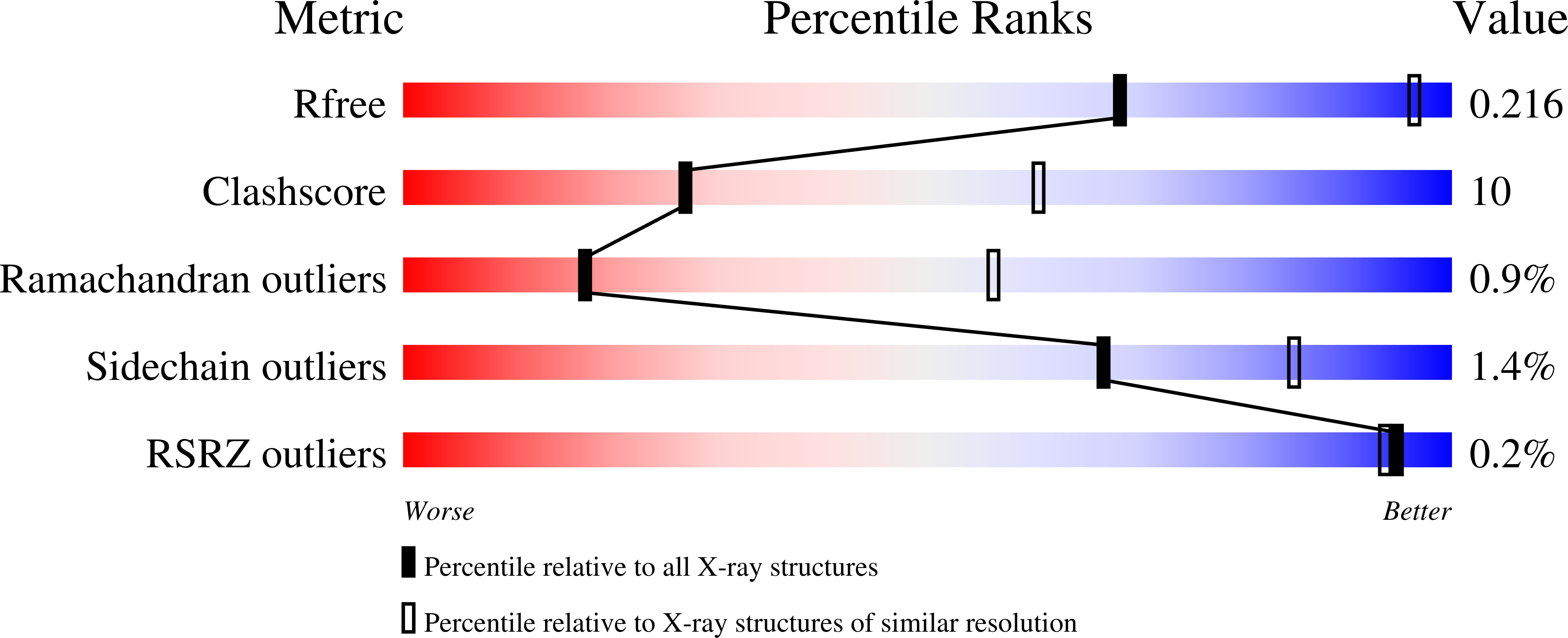
Deposition Date
2023-06-02
Release Date
2024-05-29
Last Version Date
2025-05-14
Entry Detail
PDB ID:
8T1G
Keywords:
Title:
The crystal structure of hemagglutinin form a h7n9 influenza virus (a/shanghai/1/2013) in complex with antibody 1E11
Biological Source:
Source Organism:
Influenza A virus (Taxon ID: 11320)
Homo sapiens (Taxon ID: 9606)
Homo sapiens (Taxon ID: 9606)
Host Organism:
Method Details:
Experimental Method:
Resolution:
3.50 Å
R-Value Free:
0.21
R-Value Work:
0.18
R-Value Observed:
0.18
Space Group:
P 42 21 2


